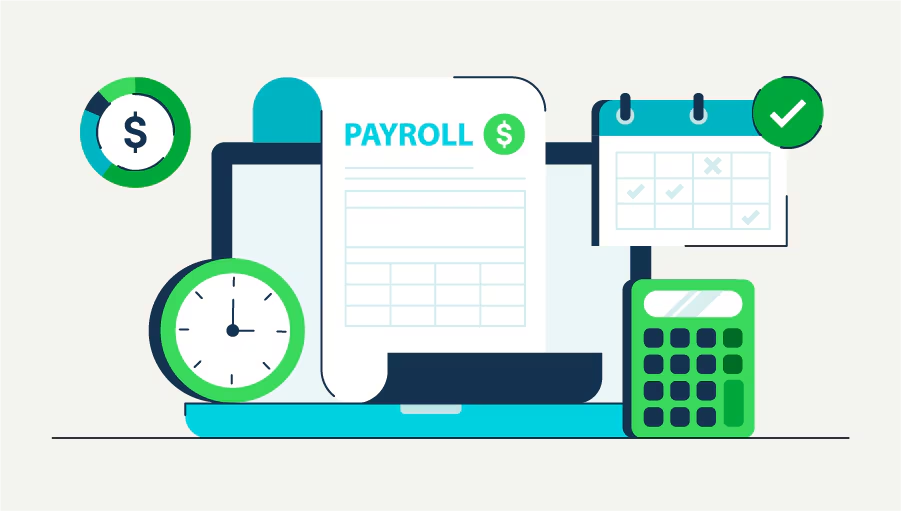Tariffs, import duty and quotas are three trade instruments that have once more become headline concerns in 2025, especially following the United States' broad tariff increases altering the dynamics of world trade. Understanding these trade restrictions is essential regardless of your trade activity—importer, exporter, policymaker, or investor.
What are Tariffs?
Tariffs are taxes paid by governments on imported goods, hence increasing the cost of foreign products to safeguard home businesses, create income, or balance trade-off. Among the most obvious forms of trade constraints imposed internationally are these ones.
Varieties of Tariffs
- Custom Tariffs: a set value per unit—say, $10 for each imported phone.
- Ad Valorem Tariffs: Five percent of a $500 item's worth, or $25.
- Change depending on market conditions variable or sliding tariffs.
- Combining specific and ad valorem rates, compound tariffs are:
- Retaliatory tariffs are imposed in reaction to foreign trade policies or tariffs.
- Tariff-rate quotas (TRQs): A hybrid, applying lower tariffs up to a quota and higher ones past.
2025: Year of Tariff Shock
The United States levied a 10% baseline tariff on almost all imports in April 2025; country-specific increases up to 50% beginning April 9. Strategic goods like autos, electronics, and textiles were hit hard; goods like food, medicine, and vital minerals were left off.
- Rose to 22.5%, the highest rate since 1909—an effective U.S. tariff rate.
- Projected income (2026–2035) is $1.4 trillion (baseline) or $3.1 trillion including reprisals.
- Tariffs today affect $780 billion worth of goods, roughly 2.5% of U.S. GDP.
- Global GDP impact: From 2.9% to 2.5% in 2025 down by 60 basis points (0.6%).
- Global merchandise trade is projected to drop by 0.2%, so negating earlier projections of 2.7% increase.
Though the terms are sometimes used synonymously, these tariffs are not like conventional import duties.
Also read: How Overseas Clients Pay Filipino Freelancers
What Is Import Duty?
Usually paid by the importer at the time of customs clearance, an import duty is a particular type of tariff that is only applied to goods entering a nation. The CIF value of the goods—that is, the total cost of the item, insurance, and freight—is typically used to calculate it. Import taxes can be expressed as a fixed amount per unit (e.g., per kilogramme, litre, or piece), as a percentage of the declared value (ad valorem), or as a combination of the two.
As part of a larger trade strategy, the United States implemented large import duty increases in 2025. These included 25% duties on steel, aluminium, and vehicles, as well as a 20% duty on all Chinese imports (effective February to March). All imports from Mexico as well as a few Canadian goods were subject to additional 25% duties.
Additionally, the removal of de minimis treatment for low-value imports from Hong Kong and China has increased the burden of customs, leading to higher administrative paperwork and duty costs. Multinational corporations have responded to these shifts by reevaluating their sourcing and supply chains in light of growing operating costs.
What Are Trade Quotas?
Quotas are restrictions on the value or quantity of goods that might be imported or exported over a designated period. Quotas directly limit supply, unlike taxes that raise prices.
Different Quota Types:
- Absolute Quotas: No imports let outside a set amount.
- Low duty below quota, high duty beyond: Tariff-Rate Quotas (TRQs)
- Country-Specific Quotas: 500,000 Bangladeshi clothes yearly, perhaps.
- Usually used to regulate food or resource outflows, export quotas
2025 Forecasts
While tariffs dominated U.S. trade policy in 2025, quotas are less noticeable but still important in sectors including agriculture and textiles worldwide. Without bringing in government money, quotas often lead to higher prices and less variety of products. Rather, they sometimes result in quota rents—profits for exporters able to sell few items at inflated rates.
Digital Solutions and Customs Complexity
Cross-border trade has grown ever more complicated with layered tariffs, documentation, and real-time compliance checks. Companies managing significant or regular foreign payments today must:
- More administrative expenses
- postponed settlements
- Government hazards
Platforms like BizPay are providing smart worldwide payment options to help with these pain areas. By letting companies accept and pay foreign payments in local currencies instead of depending on conventional SWIFT wires, BizPay simplifies compliance and settlement times.
Also read: Paying contractors and remote employees in Latin America
Phần kết luận
More importantly than ever is knowledge of tariffs, import duty, and trade quotas. Businesses have to adjust as 2025 plays out under the weight of world trade conflicts:
- Increased tariff restrictions
- Various customs duty systems
- Prospective quota caps
Whether you are sourcing industrial components or consumer goods, these trade instruments affect everything including pricing and competitiveness. And in this context, digital trade-finance systems like BizPay are starting to show up as quiet resilience facilitators for world trade.
FAQs
Q1: What are tariffs, and how might they influence trade internationally?
Tariffs are taxes on imported goods that increase their cost, so reducing their competitiveness against native goods. Though they sometimes result in higher consumer costs, trade conflicts, and lower global trade flows, they safeguard home businesses and bring income. Tariffs will have seriously disrupted world trade in 2025.
Q2: How might quotas and import taxes affect world business?
Import duties raise the cost of foreign goods, so influencing pricing, profit margins, and sourcing choices. Quotas control import volume, so limiting product availability. Particularly in view of growing protectionism, they complicate trade operations, discourage globalisation, and force companies to rethink supply chains, so affecting trade operations.
Q3: What distinguishes import duty from tariffs?
Tariffs are broad taxes paid for protection or income on imports—and occasionally exports. Import duties are particular tariffs charged at customs determined by product value or quantity. Although all import taxes are tariffs, compound or retaliatory tariffs allow more general strategic tools outside of customs-level taxation.
Q4: Could you perhaps provide instances of import restrictions?
Certainly. The United States reinstated quotas on some textiles, levied a 25% tariff on Mexican imports, and charges 20% on Chinese goods in 2025. Often in response, these limitations impact availability, compliance, and pricing, so influencing behaviour.
Mục lục
Loại
Bài viết được đề xuất
Khám phá sản phẩm của chúng tôi

Thực hiện thanh toán toàn cầu chỉ bằng một cú nhấp chuột

Chấp nhận thanh toán, xóa bỏ biên giới.

Mở khóa giao dịch tiền kỹ thuật số liền mạch ở bất cứ đâu








.png)














